|
|
|||
|
(Back to Preceding Week; on to Next Week) |
|
WINTER GREENERY:
A CLOSER LOOK Last week we recalled the immortal words of Kermit the Frog, who sang that "It's Not easy Bein' Green." Kermit rued being green because it made him like much of the rest of the natural world; we commented that stayin' green all winter seems like a hard thing for plants whose photosynthetic processes slow to almost nothing as the temperatures drop. Nonetheless, we found numerous native broad-leafed plants at Hilton Pond Center that were still green and non-deciduous. Against a seemingly lifeless background of tan and brown, Pipsissewa, American Holly, Southern Magnolia, Greenbrier, and Water Oak all continue to brighten our winter woods. Last week we also remarked there were other still-green native species around the property, mostly small and oft-ignored plants. To give them their due, this week we take a closer look--and we do mean CLOSER--at a few of these less-noticeable winter greens.
All text & photos © Hilton Pond Center Of the five ferns we've inventoried on the 11 acres that make up Hilton Pond Center, two--perhaps three--are evergreen. (We hedge a little because our Common Grape Fern, Botrychium dissectum, actually turns bronzy in winter.) Even in the cold of January, Ebony Spleenwort, Asplenium platyneuron (above) is definitely green. This species is by far our most common local fern, with hundreds of specimens in diverse microhabitats along the trails. Perfectly healthy ten-inch fronds--each with the black central stem that gives the plant part of its common name--poke from dead leaf litter, brightening the chilly landscape.
But this week we promised a "closer look" at winter greenery, so rather than include a bunch of plants in situ we brought specimens of each back to our photo lab in the old farmhouse at Hilton Pond. There we set up our tabletop tripod, fiddled with lights, and captured the photos on this page with a 60mm macro lens. At that magnification, the quarter-inch leaflets of Ebony Spleenwort take on a new appearance (above)--one in which the sawtooth serrations on the leaflet's edge become much more pronounced. It's also more obvious in macro view that spleenwort's stem isn't black all the way to the tip of the frond. Incidentally, the "spleenwort" part of this plant's name comes from the "doctrine of signatures"--the belief that if a plant part resembled the shape of some human body organ it could be used to treat that organ's ailments. On the backs of fertile leaflets of Ebony Spleenwort are sori (not shown), reproductive structures that supposedly resemble a spleen. (The suffix "wort" comes from the German wurz, for "plant.")
Our other truly evergreen fern is one whose name implies its hardiness: Christmas Fern, Polystichum achrostichoides. This species is even more robust than the spleenwort and grow much further north. Early settlers noted its greenness even during winter holidays and named it accordingly. One hint naturalists provide in helping folks identify Christmas Fern in the field is to look for a frond with 1.5-inch leaflets shaped like mittens, each with a prominent thumb (above). We have only a couple of Christmas Ferns at the Center, both growing on the far side of the dam that forms Hilton Pond. Thus, we were understandably pleased to find several the fronds on these plants had numerous mitten-shaped leaflets whose undersides were covered with a few dozen sori; these, in turn, were producing hundreds of barely macroscopic ripening spores. After photographing this frond we returned it to the dam in the hope some of these spores might germinate next spring and grow into addition Christmas ferns.
Our next "closer view" of winter greenery is of something we found growing on the bark of a Black Cherry tree in our woods north of Hilton Pond. This particular copse is populated primarily by hardwoods and stays shaded during warm months of the year. Come winter, however, the broadleafed deciduous trees cast off their leaves and lots more sunlight filters through. This cool weather illumination appears to be just what is needed for various lichens to thrive, even as other flora slow down their processes. A lichen, of course, is a composite organism, made of an alga and a fungus that are symbiotic. The algaa--often a unicellular blue-green alga--contains chlorophyll that allows it to photosynthesize simple sugars, while the fungus protects the alga from desiccation and absorbs nutrients required by the alga. In return, the fungus makes use of surplus food produced by the alga. The unidentified foliose lichen above is just one of many varieties at Hilton Pond Center. Many of these are gray rather than green, but at least at the cellular level of the alga they qualify as "winter greenery."
Another greenish lichen we found on the trail this January was one we'd never seen before at Hilton Pond Center--or anywhere else for that matter. In close view the surface of this unidentified lichen looked almost granulated (above), with tiny spherical structures dotting its entire surface. We suspect the reason we had not encountered this variety previously was because it was attached to chunk of Eastern Red Cedar bark. It appeared it had fallen from high up in the tree--perhaps dislodged by this week's snow and ice from a location we wouldn't normally visit. Some lichens are very specific about where they will grow and on what substrate, so it may be old cedar bark at a particular height is just what this lichen needed.
Our final "up close" winter greenery was thriving in a place folks might not normally look: The exposed banks of drought-bedeviled Hilton Pond. There, in the still-moist mud of the former pond bottom, was a greenish wad that we picked up for closer examination. Turns out it was a filamentous alga--another blue-green, if we could judge by its "fishy" smell--likely stranded in the muck as the pond level dropped. The bad news is we couldn't identify this particular alga to species without much higher magnification than a 1:1 macro lens provides. The good news is Digital Blue Corporation just donated a USB-powered digital microscope to Hilton Pond Center. The other bad news is we were so busy preparing for our annual Costa Rica hummingbird trip we didn't have time to unpack the 'scope. Rest assured we'll try it out the optics when we return to see what kinds of images we can produce, but for now we'll just have to leave you with the above "closer looks" at plants, lichens, and algae that are still "bein' green" during winter in or around Hilton Pond. All text & photos © Hilton Pond Center
Comments or questions about this week's installment?
Thanks to the following fine folks for recent gifts in support of Hilton Pond Center for Piedmont Natural History and/or Operation RubyThroat: The Hummingbird Project. Your tax-deductible contributions allow us to continue writing, photographing, and sharing "This Week at Hilton Pond." (Please see Support if you'd like to make a gift of your own.)
IMPORTANT NOTE: If you ever shop on-line, you may be interested in becoming a member of iGive, through which nearly 700 on-line stores from Barnes & Noble to Lands' End will donate a percentage of your purchase price in support of Hilton Pond Center and Operation RubyThroat. For every new member who signs up and makes an on-line purchase iGive will donate an ADDITIONAL $5 to the Center. Please sign up by going to the iGive Web site; as of this week, 117 members have signed up to help Hilton Pond Center. It's a painless, important way for YOU to support our work in conservation, education, and research. "This Week at Hilton Pond" is written & photographed You may wish to consult our Index of all nature topics covered since February 2000. You can also use our on-line Hilton Pond Search Engine at the bottom of this page. For a free, non-fattening, on-line subscription to |
|
Make direct donations on-line through
Network for Good: |
|
|
LIKE TO SHOP ON-LINE?
Donate a portion of your purchase price from 700+ top on-line stores via iGive: |
|
|
Use your PayPal account
to make direct donations: |
|
| The highly coveted Operation RubyThroat T-shirt --four-color silk-screened--is made of top-quality 100% white cotton--highlights the Operation RubyThroat logo on the front and the project's Web address (www.rubythroat.org) across the back.
Now you can wear this unique shirt AND help support Operation RubyThroat: The Hummingbird Project and Hilton Pond Center. Be sure to let us know your mailing address and adult shirt size: Small (suitable for children), Medium, Large, X-Large, or XX-Large. These shirts don't shrink! Price ($21.50) includes U.S. shipping. A major gift of $1,000 gets you two Special Edition T-shirts with "Major Donor" on the sleeve. |
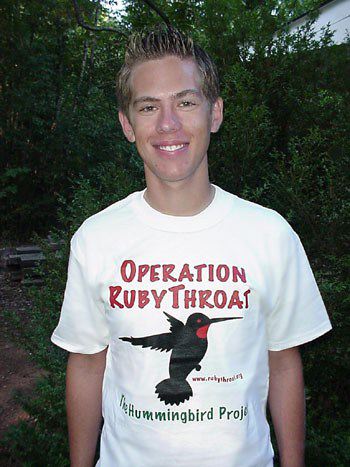
Need a Special Gift just in time for the Holidays? (Or maybe you'd like to make a tax-deductible donation during 2007) If so, why not use our new handy-dandy on-line Google Checkout below to place your secure credit card order or become a Major Donor today? |
|
|
|
|
SPECIES BANDED THIS WEEK: * = New species for 2008 WEEKLY BANDING TOTAL 7 species 39 individuals YEARLY BANDING TOTAL (2008) 8 species 88 individuals 27-YEAR BANDING GRAND TOTAL (since 28 June 1982) 124 species 50,255 individuals NOTABLE RECAPTURES THIS WEEK (with original banding date, sex, and current age) American Goldfinch (5) Dark-eyed Junco (1) Northern Cardinal (2) Purple Finch (1) White-throated Sparrow (2) House Finch (1) Blue Jay (1)
|
OTHER NATURE NOTES OF INTEREST --We recaptured a female American Goldfinch this week on 17 Jan--exactly five years to the day after we originally caught her in 2003. --A Purple Finch recaptured this week was banded on 10 Apr 2006 as a brown bird; since it was still brown this year, we now know it is a female. In winter, brown PUFI can be either females or immature males; the latter take two years to get their raspberry plumage. Also of interest for this bird was that when she was first captured she bore a noticeable 4mm tick on her crown; upon recapture this week there we could find no scars from the earlier ectoparasite. --A male White-throated Sparrow banded in 2002 showed up again this week as an after 6th year male. All text & photos © Hilton Pond Center
|
|
|
|
(Back to Preceding Week; on to Next Week) Up to Top of Page Back to This Week at Hilton Pond Center Current Weather Conditions at Hilton Pond Center |
 You can also post questions for The Piedmont Naturalist |
Join the |
Search Engine for |
|
|
Netflix DVD Rentals

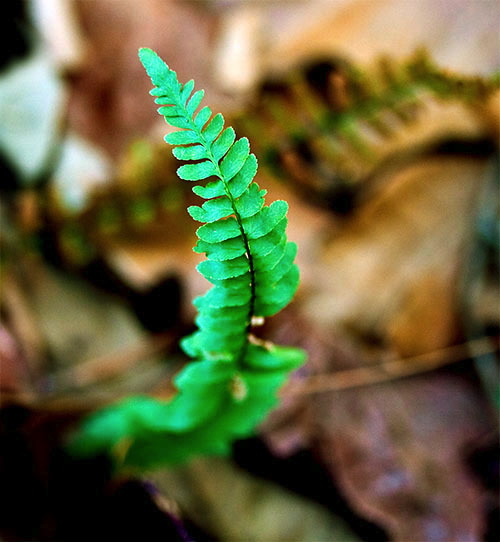
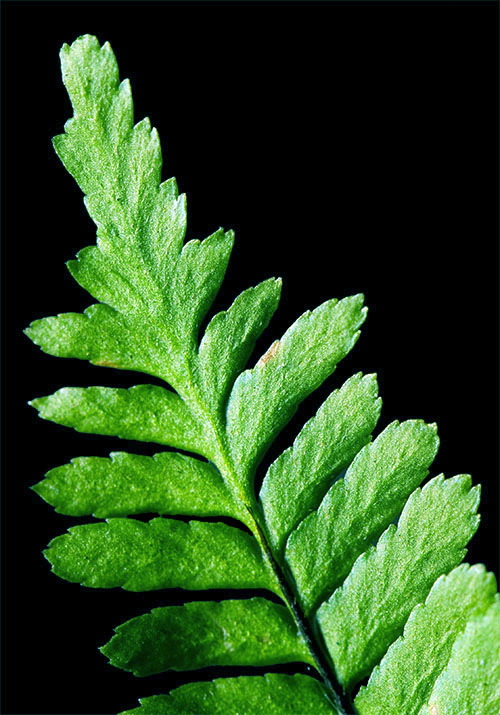
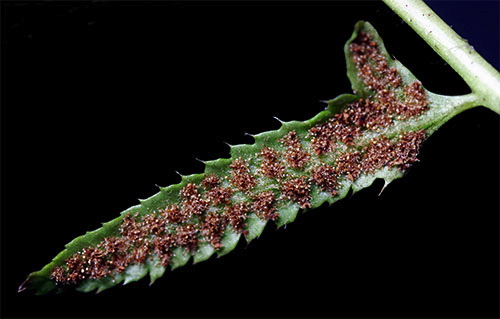
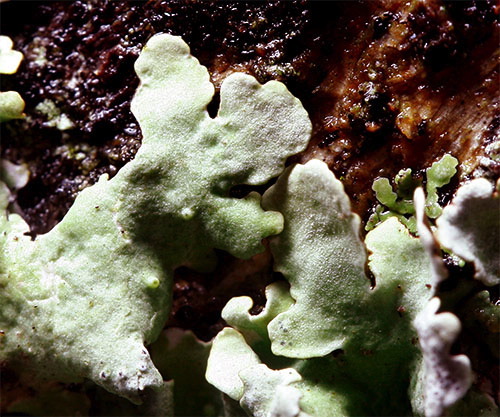

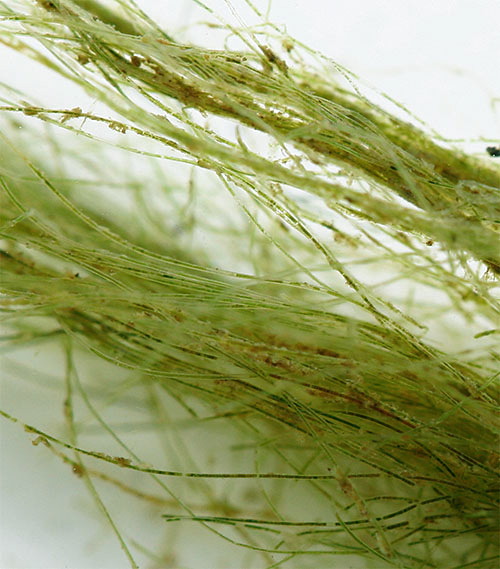


 Oct 15 to Mar 15:
Oct 15 to Mar 15: